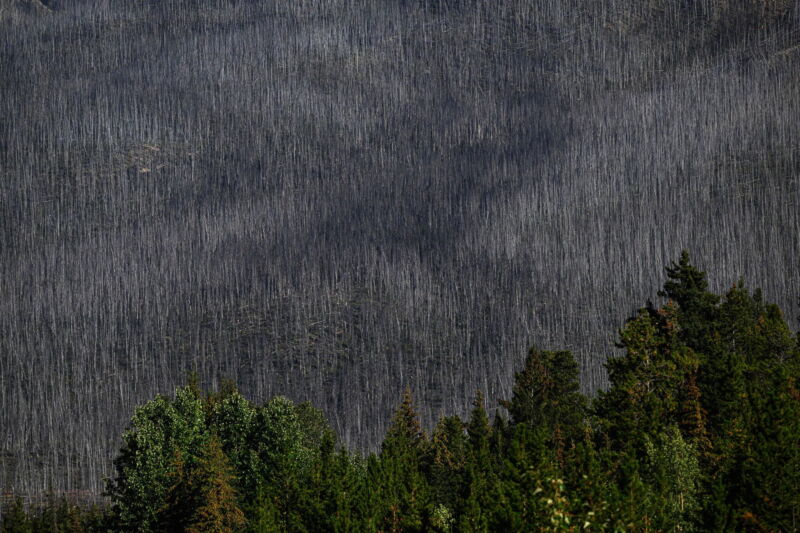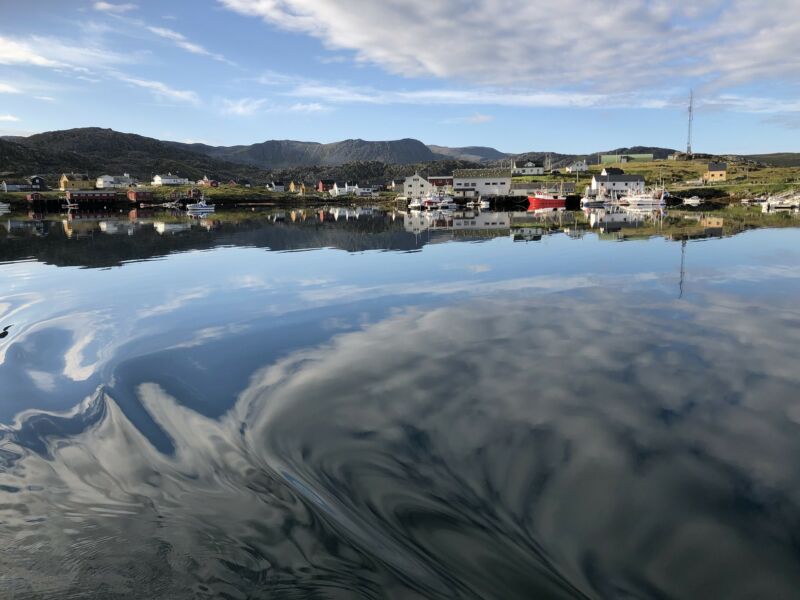-
 chevron_right
chevron_right
The far north is burning—and turning up the heat on the planet
news.movim.eu / ArsTechnica · Wednesday, 10 May, 2023 - 14:21

Enlarge / Fire-damaged trees in a boreal forest near the Saskatchewan River in Alberta, Canada. As northern forests burn, they're releasing massive amounts of carbon. (credit: Ed Jones/Getty Images)
The far north is both a massive carbon sink and a potent environmental time bomb . The region stores a huge amount of CO 2 in boreal forests and underlying soils. Organic peat soil , for instance, covers just 3 percent of the Earth’s land area (there’s some in tropical regions, too), yet it contains a third of its terrestrial carbon. And Arctic permafrost has locked away thousands of years’ worth of plant matter, preventing rot that would release clouds of planet-heating carbon dioxide and methane .
But in a pair of recent papers, scientists have found that wildfires and human meddling are reducing northern ecosystems’ ability to sequester carbon, threatening to turn them into carbon sources . That will in turn accelerate climate change, which is already warming the Arctic four and a half times faster than the rest of the world, triggering the release of still more carbon—a gnarly feedback loop.

